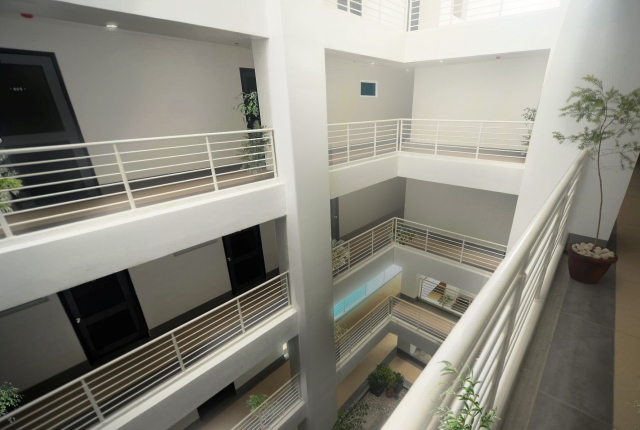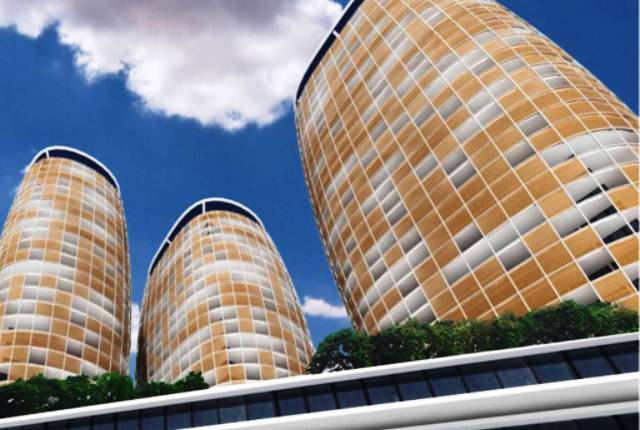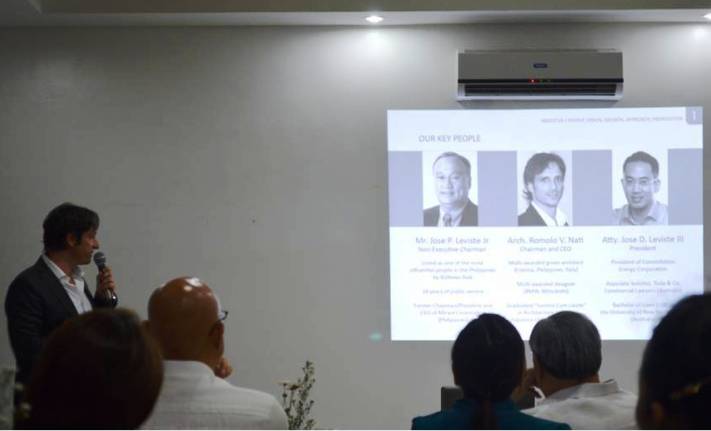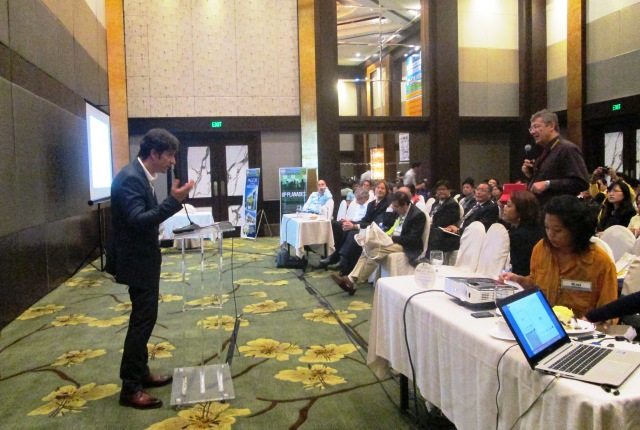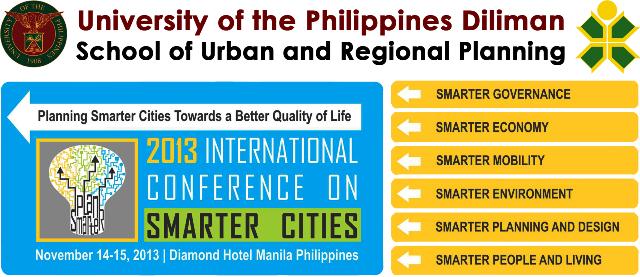Have you thought of buying decors that suit your home’s style? Or know ways to live green at home? Would you prefer owning expensive materials that perfectly fit your taste or owning something less expensive that somehow complement your simple homey feels? Nevertheless, there will always be a way, might be expensive or not, that will help our environment’s welfare.
Being eco-friendly won’t mean losing your sense of style. Smart choices can ensure that you do your part, all the while looking good about your contribution to our planet’s well-being. Here are some ways that can contribute to living green in your own space and be a better friend to the environment.
Buy for the long-term. Save toward a quality sofa, for instance, rather than a series of cheapies that you’ll be throwing out every five years. A well-made sofa can be recovered several times over the course of its decades-long life.
 Photo source: www.interiortaste.com
Photo source: www.interiortaste.com
Buy cotton mesh produce bags and take them to the market instead of using plastic bags for your fruits and veggies. It will help keep them fresh in your crisper drawer, too, and are washable when needed.
 Photo source: www.alternativeconsumer.com
Photo source: www.alternativeconsumer.com
Renovating. You may want to add character to your home with reclaimed and salvaged items. You can choose from re-plated chrome bath fixtures, re-enameled vintage bathtubs, reclaimed barn board flooring and salvaged architectural accents like columns, corbels and mantels.
Photo source: reclaimed-wood-furniture.net
Switch to eco-friendly cleaning products. Look for products that are biodegradable, phosphate-free and not tested on animals.
Photo source: www.packworld.com
Use reusable shopping bags when grocery shopping. Most grocery shops offer eco-bags to also promote eco-friendliness to its customers.
Photo source: shop.ecology.com
Reduce your use of paper towels. Use re-useable, washable cloths whenever possible.
Photo source: www.airporthotelduesseldorf.de
Plant a tree on your property. Or more, if you have space. Trees provide wildlife habitat and help cool the planet.
Photo source: www.aero-stream.com
Put a rain barrel by your downspout to collect rainwater to use in your garden later.
Photo source: buildipedia.com
Want more eco-friendly tips from Cagayan de Oro’s first and only eco-friendly property? Click here.
For more information, visit www.primaveraresidences.com or www.facebook.com/condoprimavera. You can also call 088-880-5002.









